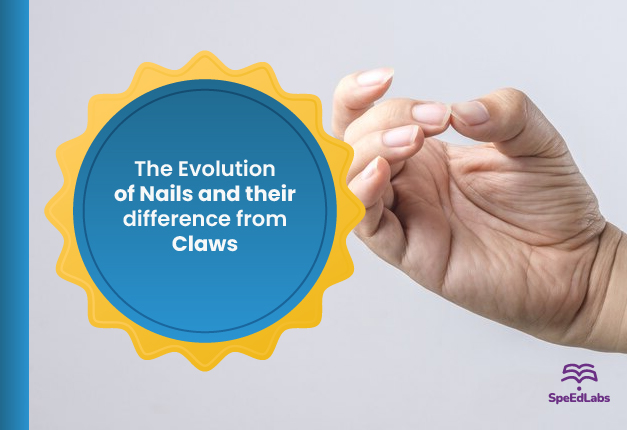Our primate ancestors and we humans do not have claws like other mammals do. This was not always the case, though, as recent fossil evidence reveals that primitive primates also had specialised grooming claws in addition to nails. Some researchers of the Florida Museum of Natural History conducted a Research. The team writes that the results disprove our belief that the earliest primates had nails on all of their fingers, show how primate social structure influenced claw, and nail evolution.
What does the research reveal?
According to Jonathan Bloch, co-author of the study and curator of vertebrate palaeontology at the Florida Museum of Natural History, “We had just assumed nails all evolved once from a common ancestor, but in fact it’s much more complicated than that.”
- Grooming encompasses more than just appearance. Ticks, lice, and a wide variety of other creepy crawlies that are both annoying and potential health risks thrive in the thick body hair of primates.
- As a result, the ability to get rid of these pests served as an evolutionary advantage, leading to the development of specialised grooming claws.
- Today, many primates still have these claws. Grooming claws are found on the second toe of lemurs (subfamily Lemuroidea), lorises (subfamily Lorinae), and gallagoes (family Galagidae), while tarsiers (family Tarsiidae) have them on both the second and third toe.
- We have previously thought that the evolution of grooming claws in various primate lineages up to modern humans was independent.
- New fossil evidence, however, indicates that these claws are actually a key characteristic and date back at least 56 million years to the earliest known primates.
However, why do people grow nails in the first place?
The research team thinks it was due to changes in how primates moved around. Claws simply became ineffective as climbing, leaping, and grasping took centre stage, whereas nails would not snag or get in the way of anything.
The team adds that the claws shed new light on the lives of extinct primates, many of which are only known from their fossilised teeth. Even these tiny claws can provide information about the social structures, daily habits, and mobility of our ancestors.
In the hands and feet of living primates, Bloch said, “We see a little of ourselves.” Our evolutionary history includes a profoundly important part about how they came to be this way.
What is the difference between Claws and Nails?
The only distinction between a claw and a nail, according to biologists, is their shape. In essence, they are just flattened versions of claws. The bone from which a nail or claw grows determines its shape. The reason why claws are curved is that they point inwardly, whereas human bones are relatively broader, making our nails flat.
This results from the development of opposable thumbs. Our primate ancestors’ opposable thumbs, an adaptation to life in the trees, enabled them to grasp branches and manipulate even very small objects.
Claws vanished as the grasping hand (one with opposable thumbs) developed. Fossil evidence suggests that early humans first used stone tools about 2.5 million years ago, around the same time that they also acquired even wider fingertips than earlier primates did.
In comparison to the human hand, the chimpanzee’s hand (on the left) has much longer fingers, a longer palm, and a shorter thumb (right). The human hand is unlike any other hand in the animal kingdom because it can clench into a tight fist and has a much more pronounced opposable thumb.
We are able to accomplish many significant tasks without the use of claws thanks to our wide, flat, and shield-shaped nails. It makes tools easier to make and use. For instance, while other animals use their claws to dig, we can create tools and use them to accomplish the same thing. Humans can easily pick up small objects like pins and needles, stickers, and even bugs with the help of their nails.
In addition, that is not all—even in the technologically advanced world of today, nails serve as a physical indicator of one’s state of health.
For instance, poor nutrition can alter nail colour. For instance, small white spots on your nails may indicate a deficiency in zinc or calcium, whereas yellowish nails may indicate a fungus infection.
Also published on Medium.
